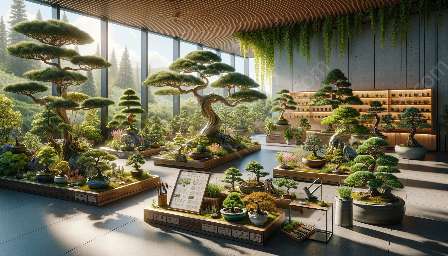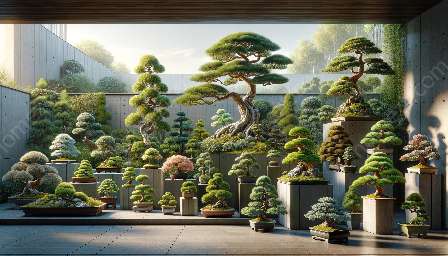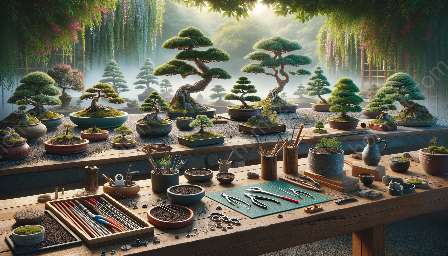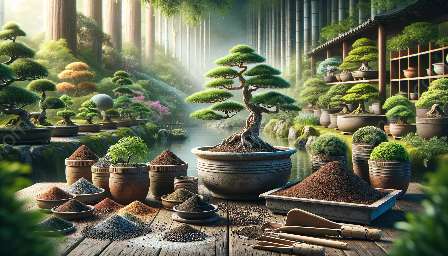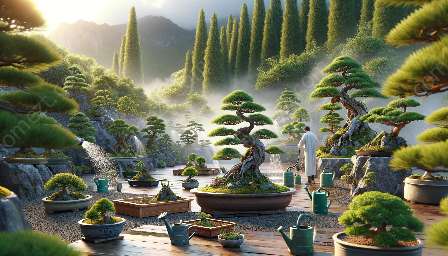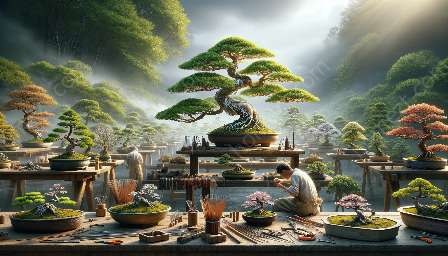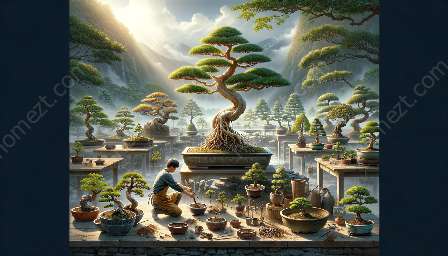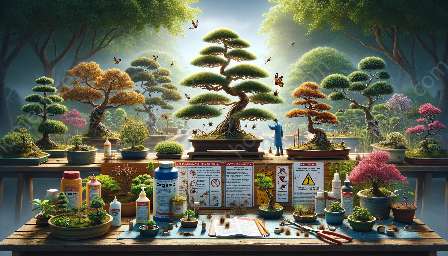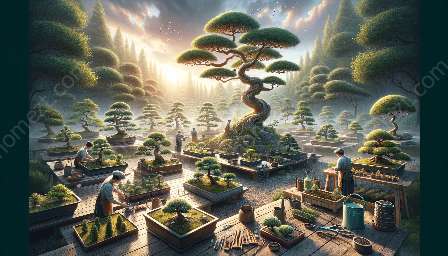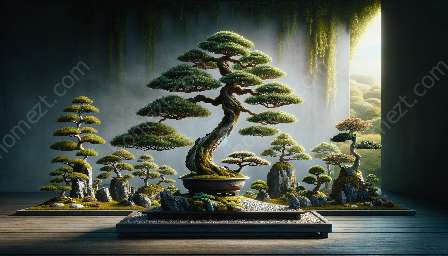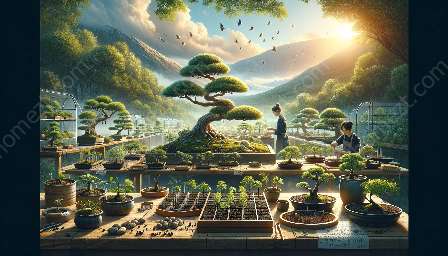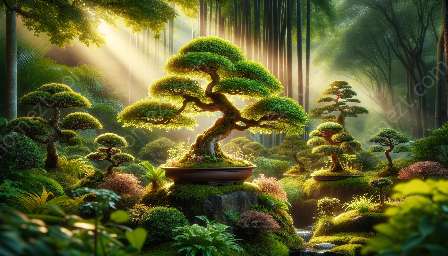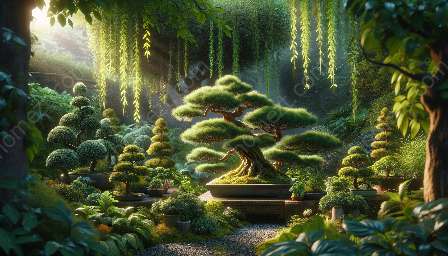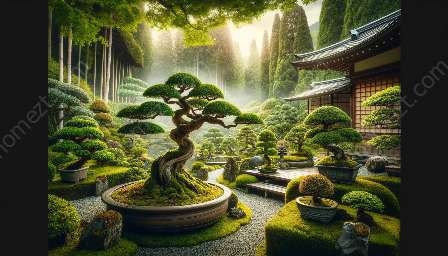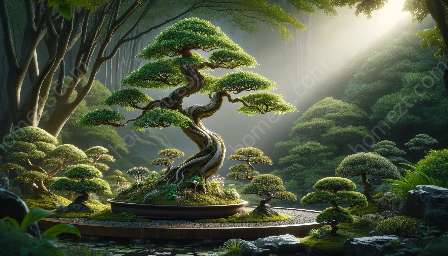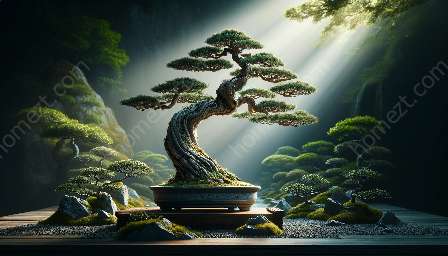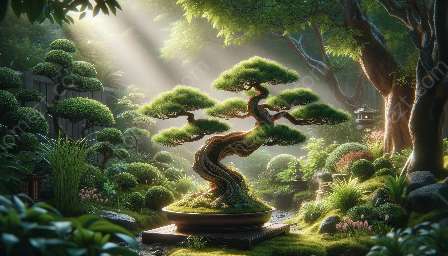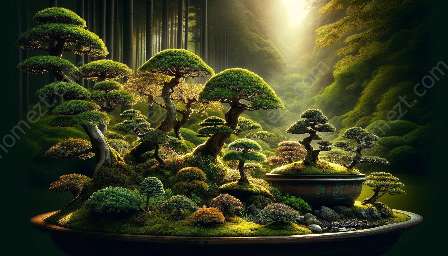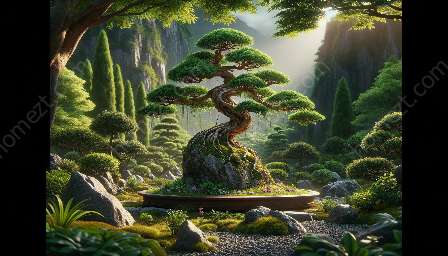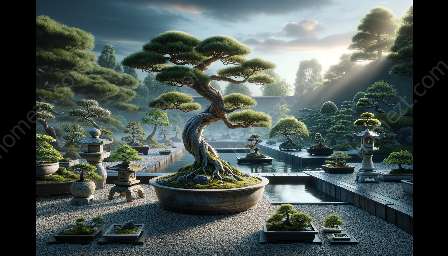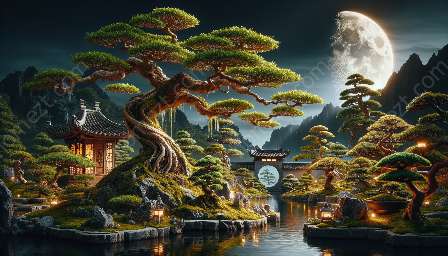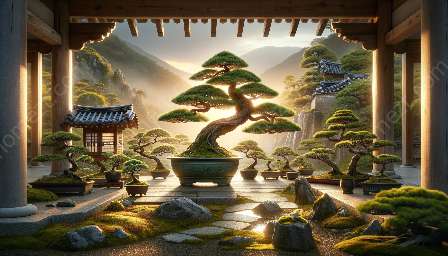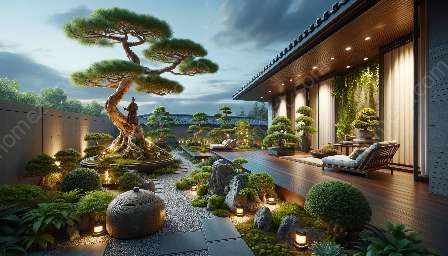The art of bonsai cultivation has captivated people around the world for centuries, offering a unique way to appreciate nature through the creation of miniature trees. Bonsai trees are known for their beauty and tranquility, and many enthusiasts seek to master the various techniques involved in perfecting their creation. One such technique, known as air layering, provides bonsai enthusiasts with a method to create new trees and transform existing ones in a unique and artistic way.
Bonsai Cultivation: An Artistic Way to Appreciate Nature
Bonsai cultivation is an ancient art form that originated in China and Japan, where it has been practiced for over a thousand years. The term 'bonsai' itself is derived from two Japanese words, 'bon' meaning tray or pot, and 'sai' meaning to plant. Bonsai trees are grown in small containers and are carefully sculpted and trained to mimic the shape and scale of full-sized trees.
One of the key principles of bonsai cultivation is to create a tree that, despite its small size, reflects the essence of a full-sized tree. This involves careful pruning, wiring, and shaping to create a visually appealing and harmonious composition that captures the beauty and tranquility of nature.
Bonsai from Air Layering: A Transformative Technique
One of the most intriguing techniques in bonsai cultivation is air layering. This method allows bonsai enthusiasts to create new trees or rejuvenate existing ones by inducing the formation of roots on a tree branch while it is still attached to the parent tree. Air layering can be used to propagate new trees or improve the quality of existing ones, making it a versatile and valuable technique in the world of bonsai.
The process of air layering involves selecting a suitable branch on the parent tree and removing a ring of bark and cambium layer to interrupt the flow of nutrients. A special medium, typically a moist substrate, is then wrapped around the wounded area to encourage the development of roots. Over time, new roots will form at the wounded site, allowing the branch to be detached and potted as an independent tree.
Integration with Gardening & Landscaping
Bonsai cultivation, including the technique of bonsai from air layering, can be seamlessly integrated into the broader context of gardening and landscaping. While bonsai cultivation focuses on the creation and maintenance of miniature trees, it shares common principles with gardening and landscaping, such as plant care, aesthetics, and design.
Whether displayed indoors or outdoors, bonsai trees can be a captivating addition to any garden or landscape design. By incorporating bonsai trees into garden and landscape arrangements, enthusiasts can add a captivating focal point and evoke a sense of harmony and tranquility within their outdoor spaces. Moreover, the meticulous care and attention required for bonsai cultivation serve as a testament to the dedication and patience that are integral to successful gardening and landscaping practices.
In conclusion, the art of bonsai cultivation, particularly the technique of bonsai from air layering, offers a fascinating way to appreciate and interact with nature in gardening and landscaping. With its rich history and transformative techniques, bonsai cultivation provides both novices and experienced horticulturists with an artistic avenue to showcase their creativity and passion for the natural world.

